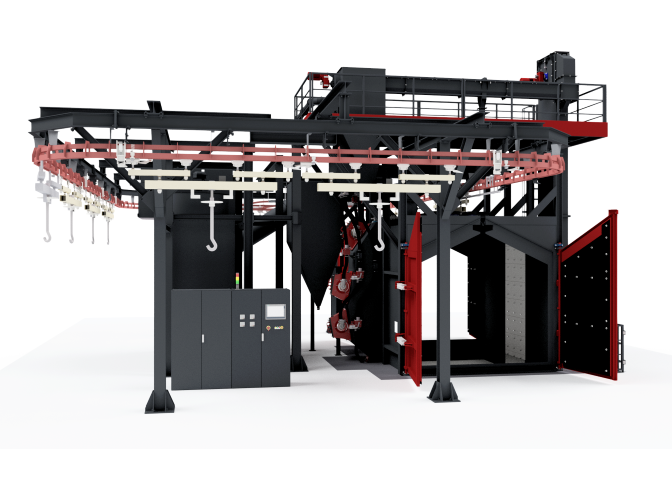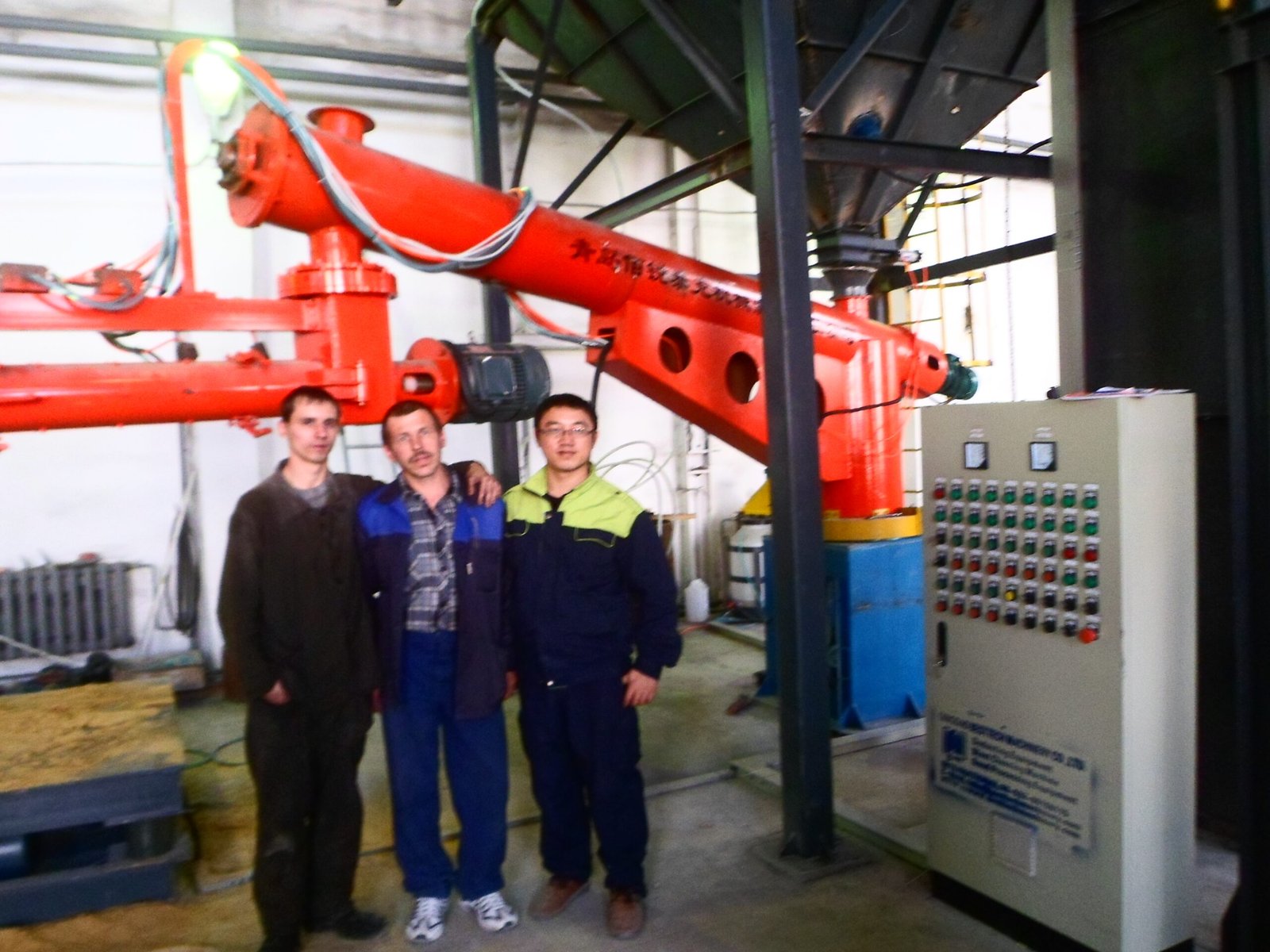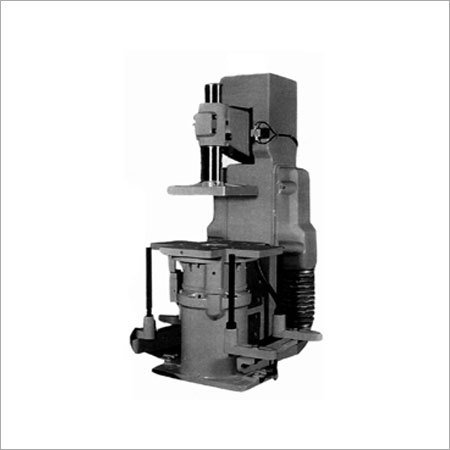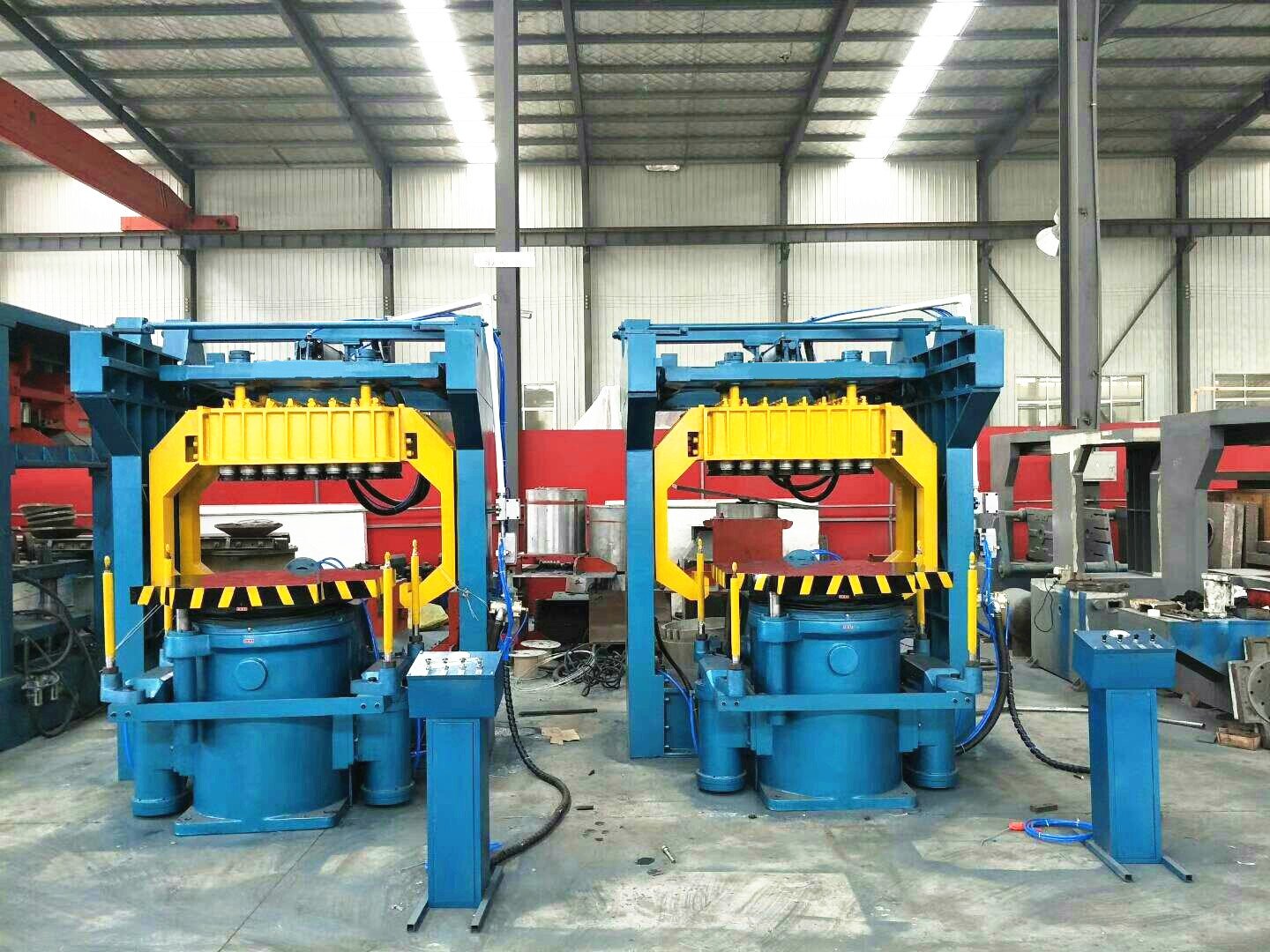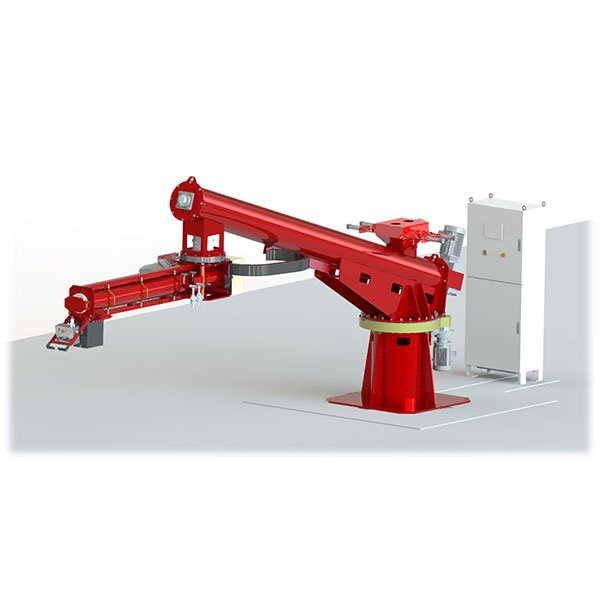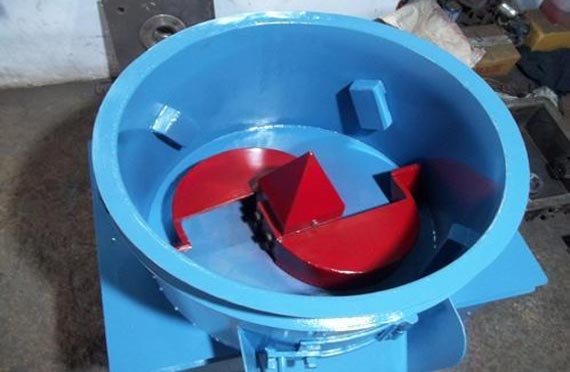
I've watched too many foundries burn time and money on the wrong machine—simply because they followed a spec sheet, not their process.
The right foundry machine isn't just equipment—it becomes the heart of your casting line. Pick wrong, and you're locked into inefficiencies for years.
Let’s strip away the marketing fluff and talk shop—from a process engineer’s perspective who’s been in more foundries than I care to count.
What Is a Foundry Machine, Really?
If you’ve ever seen a casting operation stall mid-shift, 9 times out of 10, the issue traces back to poor equipment-process matching.
A foundry machine isn’t just a machine—it’s a process enabler. It molds, melts, pours, or finishes metal to spec, with consistency.
I’ve seen shops running “universal” equipment modified for foundry work—burning extra kilowatts, missing tolerances, and bleeding uptime.
| Feature | Off-the-Shelf Industrial Machine | Purpose-Built Foundry Machine |
|---|---|---|
| Controls | Manual or limited automation | Real-time process controls |
| Thermal Behavior | Generic heating profiles | Tuned for metal fluidity |
| Service Network | Generic contractors | Foundry-focused tech teams |
| Operational Fit | “Make it work” mindset | “Designed-for-casting” efficiency |
The bottom line? General-purpose machines rarely survive the wear, heat, and dust of actual casting environments.
Types of Foundry Machines—and What I Tell Clients to Prioritize
Foundry workflows aren’t modular—you can’t treat your melting system like it’s isolated from your mold line.
Every machine type interacts, and poor upstream decisions compound downstream.
| Machine Type | Function | Common Pitfalls Seen in Field |
|---|---|---|
| Molding Machine | Creates mold cavity shape | Poor pattern repeatability |
| Core Shooter | Forms internal sand cores | Core collapse during pouring |
| Induction Furnace | Melts metal with precision | Fluctuating melt temp, inclusions |
| Pouring System | Transfers metal into molds | Turbulent flow, cold shut |
| Shakeout/Cleaning | Separates sand, cools parts | Sand carry-over, hot cracking |
Most new buyers ask me which two machines to start with. My answer’s always the same: molding and melting. If those aren’t solid, nothing downstream can save the casting.
What Actually Matters When Selecting Foundry Machinery
Here’s something few vendors admit: the best machine for someone else might be a terrible fit for you.
Selection starts with constraint mapping—your space, energy profile, alloy type, cycle time goals, and operator skill level.
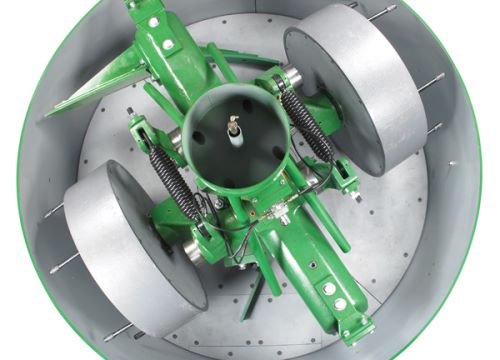
| Selection Factor | Why It Affects Performance | What I Usually Check First |
|---|---|---|
| Material Type | Influences melting curves, mold media | Oxidation risk, slag volume |
| Production Volume | Defines machine throughput and cooling strategy | Cycle time vs. batch logic |
| Floor Layout | Impacts operator access, maintenance zones | Forklift vs. monorail flow |
| Utilities | Power phase, voltage dips, compressed air CFM | Load testing with actual plant data |
| Mold Complexity | Affects core tooling, shakeout strain | Parting line tolerance |
I once had a client in Indonesia install a 60kW furnace on a site that couldn’t handle 20kW without voltage sag. Six months of rework and generator rental later—they understood “fit” the hard way.
What Features Are Worth Paying For?
Too many engineers chase digital dashboards or robot arms—but can’t hold ±2°C on melt temp.
I always say: prioritize the boring stuff—temperature stability, wear-part access, safety shutoffs.
| Feature | Why It’s Essential | What to Avoid |
|---|---|---|
| Temperature Accuracy | Prevents shrinkage, porosity | ±10°C swing is too wide |
| Cycle Speed Consistency | Stabilizes downstream scheduling | Varies under full load? Walk away |
| Maintenance Access | Reduces downtime during wear part change | Bolted panels over daily points |
| Real Spare Part Network | Local stock or 2-week turnaround? | Factory-only supply risk |
| Safety Interlocks | Heat/fume protection | No light curtain? Not compliant |
One client tried saving $4K by skipping a dust-sealed control cabinet. That decision killed two PLCs in six months from sand ingress.
Foundry Machine Pricing—More Than the Tag Number
Everyone asks “how much?” Few ask “what will it cost to run?”
It’s not just the machine—it’s the foundation, the electrical, the labor curve, the missed castings during downtime.

| Equipment Type | Common Price Range (USD) | Key Variables |
|---|---|---|
| Basic Molding Line | $15,000–$60,000 | Sand system, blow mechanism |
| 500kg Furnace | $8,000–$45,000 | Cooling system, lining material |
| Core Shooter | $10,000–$50,000 | Tooling plate options, shell system |
| Auto Pour System | $20,000–$65,000 | Valve precision, pressure regulation |
| Shakeout + Elevator | $7,000–$30,000 | Cooling airflow, robustness |
Hidden Costs Checklist:
- Site prep: trenching, ventilation, reinforced pads
- Utility upgrades: 3-phase conversion, air compressors
- Training: bilingual manuals, operator drills
- Safety: PPE stock, fume extraction compliance
- Downtime buffer: do you have a spare melt pot?
Used machines? Yes, they work. But confirm you can still get both parts and support. A German unit in Brazil without local techs is a stranded asset.
Six Questions to Ask Before Any Purchase
Before you wire that deposit, run these by your vendor:
- Can you provide real-world install case studies—not brochures?
- What certifications does the machine meet—local and international?
- Is the control software password-locked? Can we modify sequences?
- How do you handle urgent spare parts on weekends?
- Will you assist in commissioning—or just deliver?
- What happens if we change our product line in 2 years?
One client didn’t ask #3. When their PLC failed, they learned it needed a vendor-only password. It sat idle for three weeks.
Common Buying Mistakes I Still See (Too Often)
You’d think with all the resources out there, we’d avoid these. Yet… I keep seeing them.

| Mistake | Why It Kills ROI |
|---|---|
| Oversizing equipment | Adds energy cost, complicates maintenance |
| Buying based on price alone | Cheapest option = worst lifecycle cost |
| Ignoring training budget | Unsafe operations, low uptime |
| Skipping install inspection | Misaligned rails, missed anchors |
| Not designing for automation later | You’ll box yourself into a dead layout |
Rule of thumb: if you’re not thinking 3–5 years out, you’re not buying a machine—you’re buying a problem.
What You Must Do After Installation (Don’t Skip These)
Even the best machine will fail if commissioned poorly.
I've seen foundries skip leveling checks, then blame the machine for alignment drift. That’s not engineering—that’s negligence.
| Step | Why It Matters |
|---|---|
| Vibration-isolated pads | Prevent cracks, preserve precision |
| Calibration with actual sand | Bench tests ≠ plant sand properties |
| Operator shadowing | Build team confidence, spot bad habits |
| Emergency drills | Prepares for pour failure, power cut |
| Daily PM logbook | Tracks wear signs before failure hits |
Don’t let installation be “someone else’s job.” Your uptime depends on getting these basics right.
FAQ—No Nonsense Answers
How long will a well-kept foundry machine last?
10–20 years, but only with strict maintenance. Skipping linings or cleaning sand traps? You’ll halve that.
Can I retrofit older machines?
Yes, but software and part sourcing will define feasibility. Also check power draw—it may spike under automation.
What’s a sign of a good vendor?
They’ve walked production floors, not just trade shows. They talk downtime, not features. And they pick up the phone on a Saturday.
Final Thought: Your Machine Should Solve Problems, Not Create Them
A good foundry machine isn’t pretty—it’s productive. It survives heat, sand, and shift work. It fits your process like a glove.
If you're unsure what that means in your plant—ask an engineer who lives in steel-toe boots, not one in a showroom.

